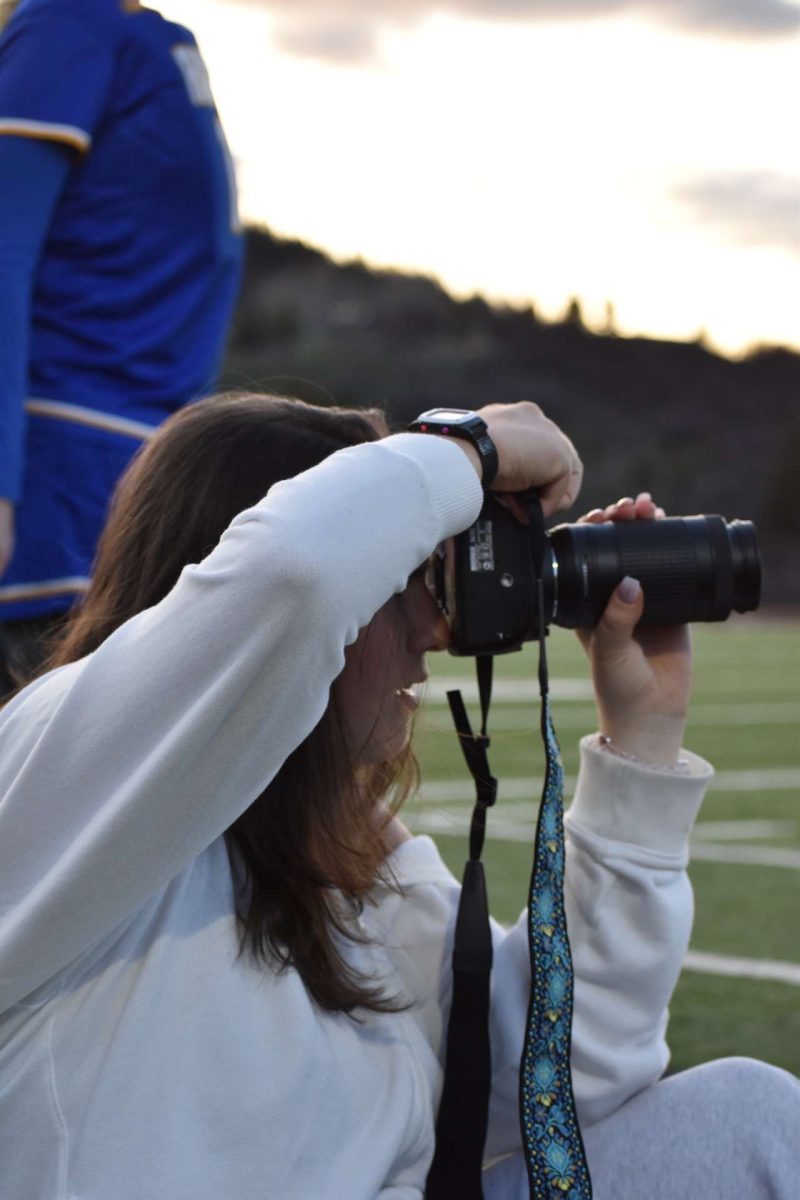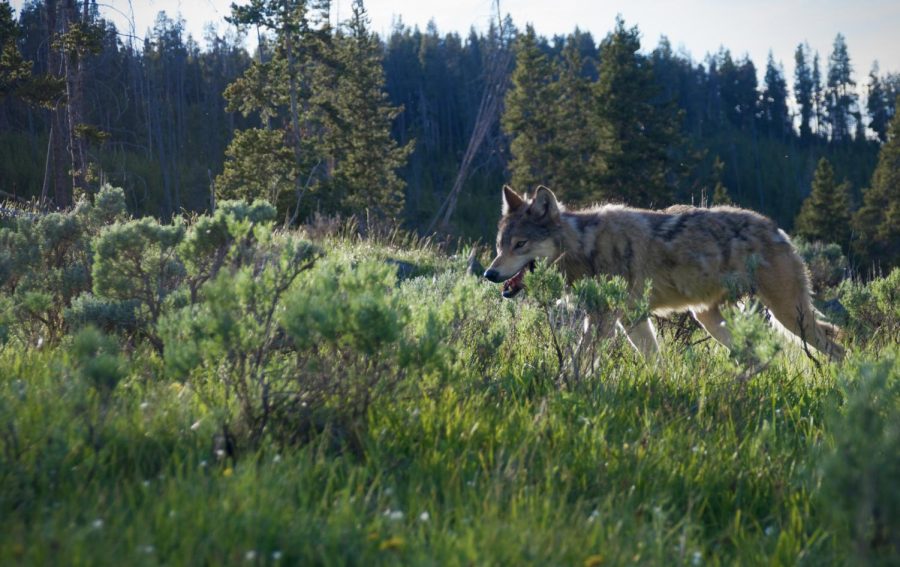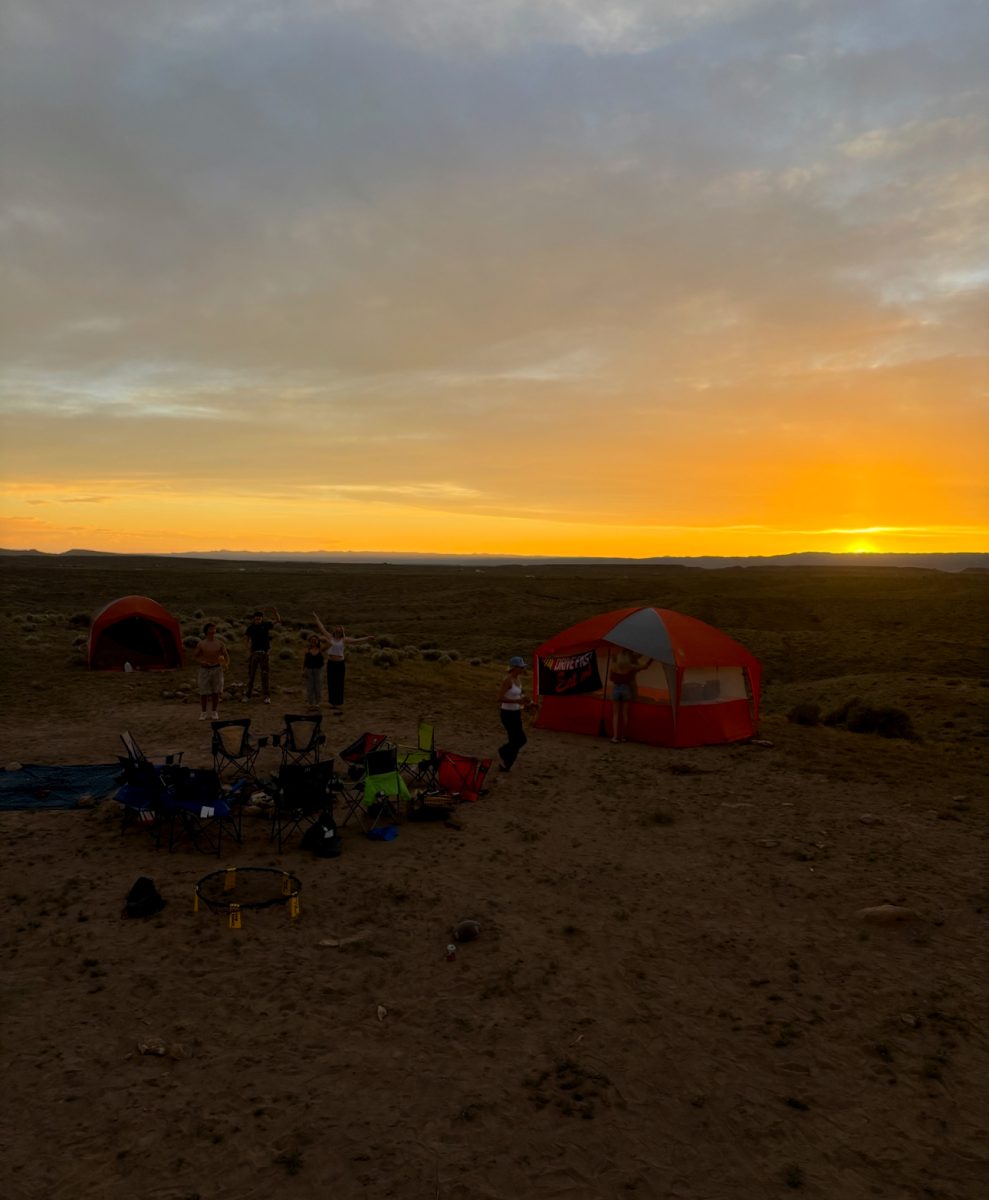The concept of leap year is something that is commonly recognized, but less frequently understood. A standardized calendar covers 12 months, 8760 hours, 52 weeks, and one additional day, making a total of 365 days. These days bring us from one “Happy New Year!” to the next. Yet, every four years is unique in that it contains 366 days and this year, 2024, happens to fall into that category.
According to the National Air and Space Museum, this extra day occurs because of two factors: space and human logic. Every lap around the sun is noted to take 365 days, yet this actually breaks down to a precise decimal of 365.242190 days in order to complete one rotation around the Sun. By adding an additional day every four years, our calendar remains consistent with the seasons, otherwise, the seasons would shift. Without the implementation of Leap Day into the calendar, in about 700 years the Northern Hemisphere season of summer would begin in December.
According to Washington State University, ancient civilizations utilized astronomy and calendars in order to make decisions such as crop harvest and yield. The first calendars were created in order to anticipate seasonal changes and climatic events. Around 2,500 years ago, Ancient Greeks discovered that the length of a year was 365.24 days which later developed into the use of a 12 way divided calendar in 506-27 BCE. The Roman version of the calendar had only 355 days which led to conflict as the seasons became out of line with the sun’s revolution.
There were attempts to solve this problem throughout history, although solutions such as short-term months known as ‘mensis intercalari’. The Roman calendar later failed as it did not align with the solar occurrences causing overall commotion within the military and all-around everyday operations.
Later, Julius Caesar became the Roman leader and created a standard calendar with the aid of Greek mathematicians/astronomers. By 45 BCE, the Julian calendar was the system utilized, measuring 365.25 days. This calendar later became misaligned by 11 minutes each year, due to the decimal being different between the measured .25 and the precise .2422. After significant debate and trial, the Gregorian Calendar, introduced by Pope Gregory XIII became the current calendar and is still used today. The leap rule for this calendar is that every year must be divisible by four to be counted as a leap year, excluding those divisible by 100, but they can be leap years if they are divisible by 400. This meant that 1700, 1800, and 1900 were not leap years whereas 2000 was. Given the rule of being divisible by four, this means 2020, 2024, 2028, and 2032, are all leap years.
Through an extended period of examination, assessment, and debate, leap years have become a common yet fascinating component of our world today. It may be important to understand the reasoning behind these matters in order to recognize the relationship between space and human logic in that they do not always precisely align.
Leap Year : History behind this Phenomenon
1
More to Discover
About the Contributors

Rylee Smith, News and Sports Editor
Rylee is a senior at Aspen High School and one of the Sports/News editors. This is her second year writing for the Skier Scribbler and she has appreciated the new lens of leadership which has helped her to grow in her own writing. In her free time, Rylee is spending time outside, basking in the sun during the summer, flying through the slopes during winter, and watching the sunsets in the evening. Moving forward, she looks forward to growing her faith in the Lord and spending time with her family/friends.

Maddie McAllister, Head Photographer
Maddie McAllister is a senior at Aspen High School. This is her 4th year in journalism and is the head photographer for The Skier Scribbler. Maddie’s role as head photographer came from her passion for capturing a beautiful moment. In her free time, Maddie loves to play tennis and ski.




















